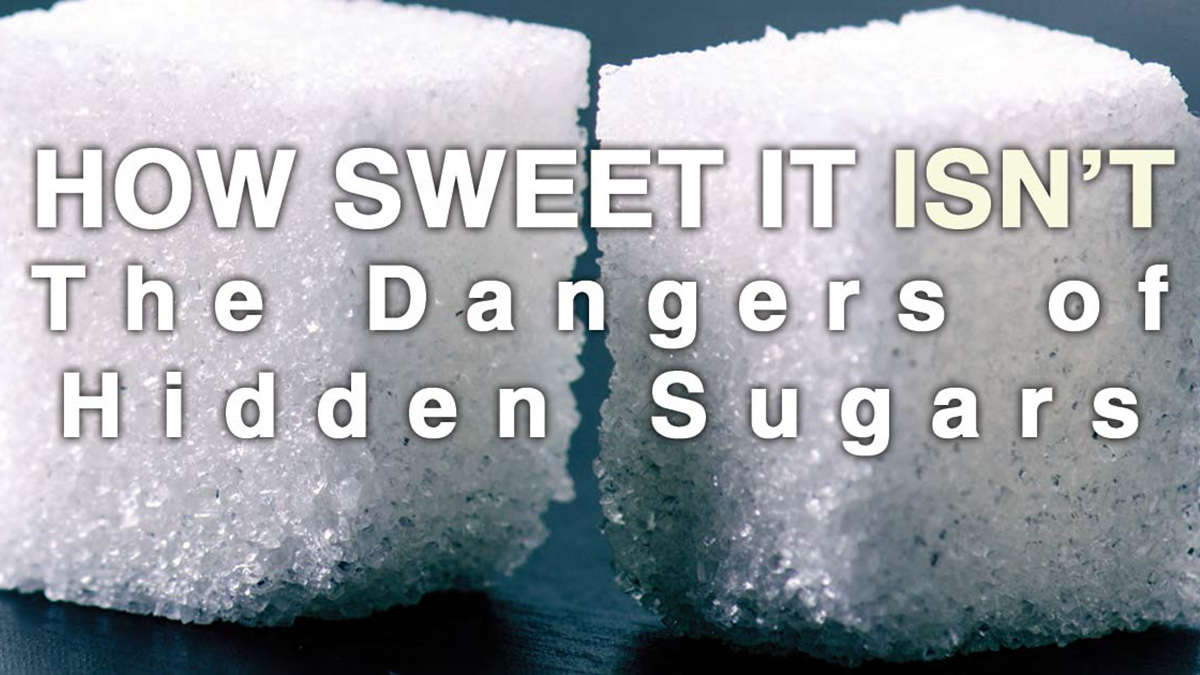We’re programmed to love sweet stuff. For our ancestors, it meant survival.
“We loved sweets because food was scarce,” said Debbie Petitpain, Sodexo wellness dietitian at the Medical University of South Carolina. “When we came across something that had a ton of calories, we wanted to load up on it because we didn’t know when our next meal would be.”
But now that we’re not being chased by a woolly mammoth, all that sugar is causing problems that aren’t so sweet.
Of course, there are sugars and there are sugars. There are the sugars you find in cupcake icing, and there are the sugars that come from carbohydrates.
Our bodies turn carbohydrates into sugars, which gives us energy. But not all sugars are equal.
“When we talk about sugars, we have to make distinctions,” said Dr. Orlin Sergev, endocrinologist and president of Summerville’s Equilibrium Endocrinology and Diabetes Center. “Simple sugars are bad for you, and there are complex sugars that are excellent for you. It’s a different story if you get the same amount of sugar in celery and spinach. They also raise glucose but much slower because of the fiber. Broccoli, cauliflower, cucumbers, celery – these are all carbohydrates, but they are complex carbohydrates.”

Our bodies turn carbohydrates into sugars, which gives us energy. But not all sugars are equal.
“If you eat 500 calories of cookies and 500 calories of fat or bacon, our body will make fat much easier from the cookies than from the bacon,” Dr. Sergev said. “First, the cookie is simple sugars, which much more easily induces production of insulin, and insulin makes our bodies produce fat. But another component is, after eating 500 calories of bacon, you’re not hungry for a long time. With 500 calories of cookies, you get hungry very fast again and eat more calories.”
Other foods that quickly convert into simple sugars are potatoes, refined flours and white rice, Dr. Sergev said.
Weight gain isn’t the only negative effect of ingesting too much sugar.
“One of the most obvious ill effects is dental cavities,” Petitpain said. “It can put you at risk for diabetes, and, when it is harder to process in your blood sugar, that can cause wear and tear on the cardiovascular system as well.”
Diabetes is the big killer that people associate with too much sugar. With diabetes, your body doesn’t produce or respond to insulin or, as Dr. Sergev pointed out, “your pancreas gets exhausted.” The result is that you metabolize carbohydrates abnormally and you have elevated levels of glucose in your blood and urine.
So, how much is too much?
“You shouldn’t have more than 10 percent of calories from added sugar per day,” said Petitpain. “For a 2,000-calorie diet – and many of us are on diets that call for fewer calories – that would mean not more than 200 calories, or 12 teaspoons a day. But put that in perspective. One teaspoon is four grams of sugar, or 16 calories. We call those empty calories because they don’t have all the rest of the good stuff like minerals or vitamins.”
So what is “added” sugar? It’s sugar that doesn’t occur naturally.
Petitpain explained that even a glass of milk straight from the cow contains sugar.
“If you go out to your barn and milk your cow and slap a label on that milk, the label will tell you that you have 12 grams of sugar,” Petitpain said. “But that sugar is naturally occurring with lactose from the cow, and we’re not worried about it.”
More than 50 percent of the sugar we get in our diet comes from beverages.
What is concerning is all the sugar that ends up in the most surprising places.
“It’s quite surprising that there is sugar in lots of salad dressing,” Dr. Sergev said. “People will have a healthy salad but then put some kind of balsamic vinaigrette or ranch dressing and a lot of those use starch as a thickener. Even bread, when you chew long enough, becomes sweet – amylase in the saliva converts the carbohydrate in bread to sugar and we can taste it.”
“More than 50 percent of the sugar we get in our diet comes from beverages,” Petitpain said. “We used to worry only about sodas, but now we see sugars in Gatorade, energy drinks and juices that aren’t 100-percent juice. One 12-ounce soda has eight teaspoons of sugar. That’s a lot!”
She added that many tomato-based sauces, whether pasta sauce or ketchup, have sugar, as do many breakfast cereals, peanut butter and instant, flavored oatmeal. The mixers for many popular cocktails are loaded with sugar; even the tart tonic water that makes a vodka tonic seem like a virtuous choice.
“Flavored yogurts have sugars, too. We think that yogurts have a health halo, but Americans don’t like tart yogurt so we tend to get a lot of sugars in our yogurt,” Petitpain said.
You might think you can avoid the dangers of sugar by going with “natural” sugars, but that attitude will take you only so far.
“As far as the metabolism, there is not much difference,” Dr. Sergev said. “But natural sugar that is in vegetables or fruits is better than the sugar that comes from the box or the sugar that we cook with to make cakes, custards, creams and chocolates.”
Petitpain is even more blunt.
“Your body sees sugar is sugar is sugar, whether it’s white table sugar or agave sugar or molasses. At the molecular level, it’s all the same. The difference is that the naturally-occurring sugar in fruits and vegetables has additional nutritional benefits.”
What’s a conscientious consumer to do?
Both Dr. Sergev and Petitpain said to read the labels on your food and to limit processed food, which often has sugar as a key ingredient, and to watch your portion size so you don’t inadvertently take in more than your daily dose of sugar.
“Unfortunately, there are a million different names for sugar – glucose, fructose, dextrose. It won’t necessarily say sugar,” Petitpain pointed out. “If it ends in ose, it’s sugar. One of my younger patients used to say, ‘If it’s ose, it’s gross.’”
Dr. Sergev said not to give up on dessert but to be smart about how you have it.
“I tell my patients we have a culinary tradition and we are human. Sweet stuff is nice to taste. Just don’t do it frequently,” Dr. Sergev said. “Maybe have one day a week to have dessert. Why not? Enjoy it! Don’t rush into it and gobble it within 30 seconds because you have to finish it – enjoy it!”







